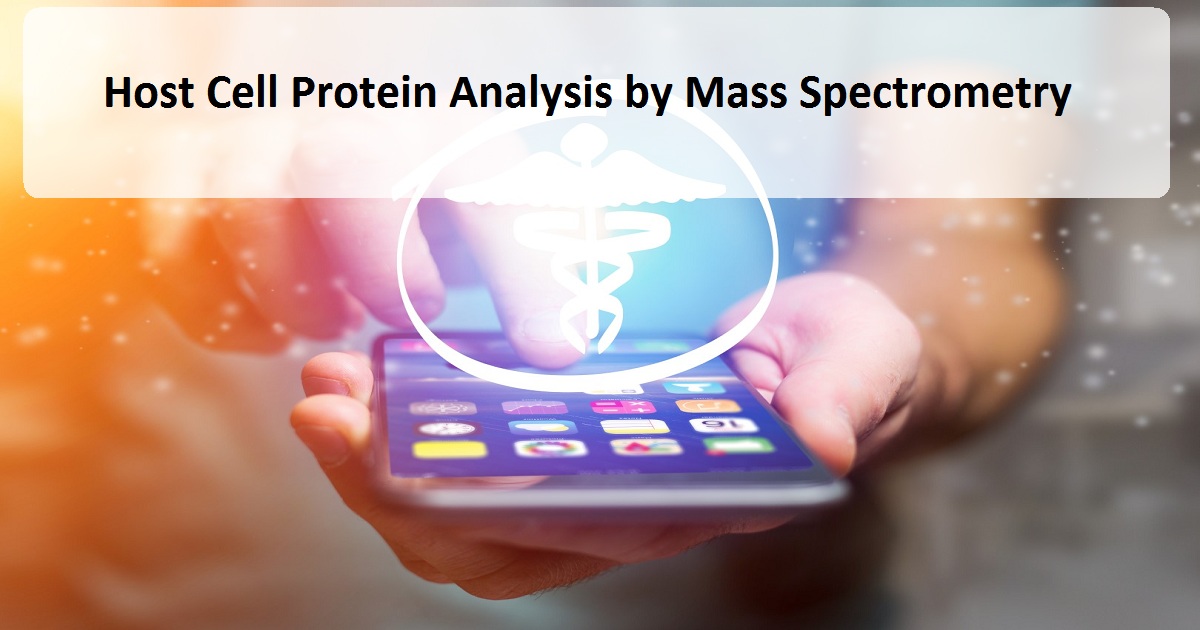
Charles River
Therapeutic approaches for Parkinson’s disease are either focused on disease modification (a-synuclein or MPTP models) or symptom management (haloperidol or 6-OHDA models). Therapeutic approaches for Parkinson’s disease are either focused on disease modification (a-synuclein or MPTP models) or symptom management (haloperidol or 6-OHDA models). Our scientists have validated available PD models for changes in fine motor skills, L-dopa-induced dyskinesias, drug-induced jaw movements, and non-motor endpoints such as cognition, constipation, and EDS. Additionally, we have also tested dopamine and other neurotransmitter levels in brain compartments of rodent and large animal models via microdialysis sampling.
Watch Now

Drug delivery via the inhalation route is currently in demand for treatment of various diseases including asthma and chronic obstructive pulmonary disorders.
Watch Now

Business-review-webinars
The analysis of Host Cell Proteins (HCPs) has historically been performed using ELISA-based tests. A number of off-the-shelf products (e.g. Cygnus kits) are available and the testing is relatively straightforward. However, it been recognized for some time that these kits generally allow detection of a maximum of ~70% of the HCPs present in biopharmaceutical products. This is due to the fact that in any anti-HCP antibody pool, there won’t be antibodies available to cover the entire spectrum of HCP species present.
Watch Now

The goal of medical education is to produce a physician workforce capable of delivering high-quality care to our patients and communities.
Watch Now